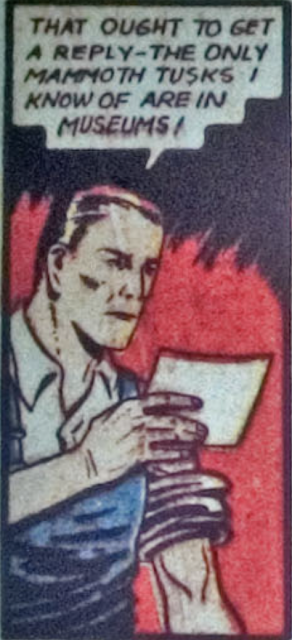On the first day of Christmas, Speed Saunders gave to me:
On the second day of Christmas, Speed Saunders gave to me:
and a child's corpse in a bare tree.
On the third day of Christmas, Speed Saunders gave to me:
two bloodied tusks,
and a child's corpse in a bare tree.
One the fourth day of Christmas, Speed Saunders gave to me:
free red gems,
two bloodied tusks,
and a child's corpse in a bare tree.
On the fifth day of Christmas, Speed Saunders gave to me:
urgent calling words,
free red gems,
two bloodied tusks,
and a child's corpse in a bare tree.
On the sixth day of Christmas, Speed Saunders gave to me:
urgent calling words,
free red gems,
two bloodied tusks,
and a child's corpse in a bare tree.
On the seventh day of Christmas, Speed Saunders gave to me:
stiff corpses splaying,
GOLDFISH SPY-RINGS!
urgent calling words,
free red gems,
two bloodied tusks,
and a child's corpse in a bare tree.
On the eighth day of Christmas, Speed Saunders gave to me:
secret panels swinging,
stiff corpses splaying,
urgent calling words,
free red gems,
two bloodied tusks,
and a child's corpse in a bare tree.
On the ninth day of Christmas, Speed Saunders gave to me:
sly knaves a-bilking,
secret panels swinging,
stiff corpses splaying,
urgent calling words,
free red gems,
two bloodied tusks,
and a child's corpse in a bare tree.
On the tenth day of Christmas, Speed Saunders gave to me:
ladies informing,
sly knaves a-bilking,
secret panels swinging,
stiff corpses splaying,
urgent calling words,
free red gems,
two bloodied tusks,
and a child's corpse in a bare tree.
On the eleventh day of Christmas, Speed Saunders gave to me:
head-wounds a-leaking,
ladies informing,
sly knaves a-bilking,
secret panels swinging,
stiff corpses splaying,
urgent calling words,
free red gems,
two bloodied tusks,
and a child's corpse in a bare tree.
On the twelfth day of Christmas, Speed Saunders gave to me:
dapper snipers sniping,
head-wounds a-leaking,
ladies informing,
sly knaves a-bilking,
secret panels swinging,
stiff corpses splaying,
urgent calling words,
free red gems,
two bloodied tusks,
and a child's corpse in a bare tree.





















































